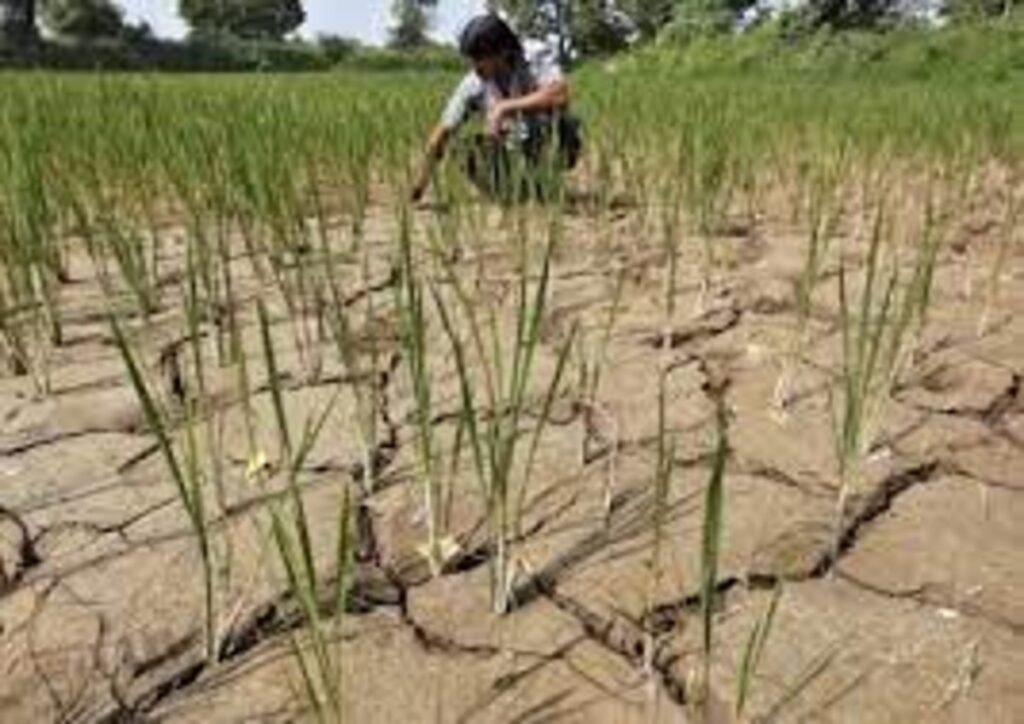August 18, 2023
Introduction
India is currently grappling with an unprecedented water crisis as it experiences its driest August in over a century. Meteorological officials have predicted that the month’s rainfall could reach record lows, casting a dark shadow over the country’s agricultural sector and potentially impacting food prices. This El Niño weather phenomenon is likely to be responsible for this dire situation.

Traditionally, the monsoon season is a crucial lifeline for India’s $3-trillion economy, delivering nearly 70% of the annual rainfall required for irrigation and replenishing water reservoirs. However, this year’s monsoon has failed to meet expectations, leaving large areas of the country with alarmingly scant rainfall. Weather department officials have indicated that the southern, western, and central regions will likely end the month with significant rainfall deficits.
IMD’s Predictions
A senior official from the India Meteorological Department (IMD) remarked, “The monsoon is not reviving as we had expected.” This sentiment echoes across the agricultural sector, with farmers anxiously watching as their crops face dire conditions. The deficient rainfall has led to exceptionally low soil moisture levels, hampering crop growth and jeopardizing yields.
The impact of this water scarcity extends to a range of crops, including rice, soybeans, sugarcane, and more. These summer-sown crops, planted as early as June, are suffering due to the lack of sufficient rain. If this trend continues, there are concerns that reduced yields will not only affect the livelihoods of farmers but could also lead to increased food prices and inflation.
Harish Galipelli, director of the trading firm ILA Commodities India Pvt Ltd, warned that the situation is dire. “Crops are in dire need of rainfall,” he said. “Any further delay could lead to reduced yields.” Galipelli’s concerns are well-founded, as the region has already witnessed a significant drop in the amount of rainfall received. The first 17 days of August saw rainfall levels nearly 40% lower than the normal average, further exacerbating the crisis.
While meteorological authorities are hopeful for a slight improvement in rainfall in the coming weeks in the northeast and some central regions, dry conditions are expected to persist in northwestern and southern states. The El Niño weather pattern, known for inhibiting rainfall, has begun to exert its influence on the Indian monsoon, further complicating the situation.
Conclusion
The dire state of India’s water supply and agricultural sector underscores the vulnerability of the country’s heavy reliance on monsoon rains. As the nation braces for the remainder of August and the crucial planting season, all eyes are on the weather forecasts and the resilience of India’s farmers in the face of adversity.






